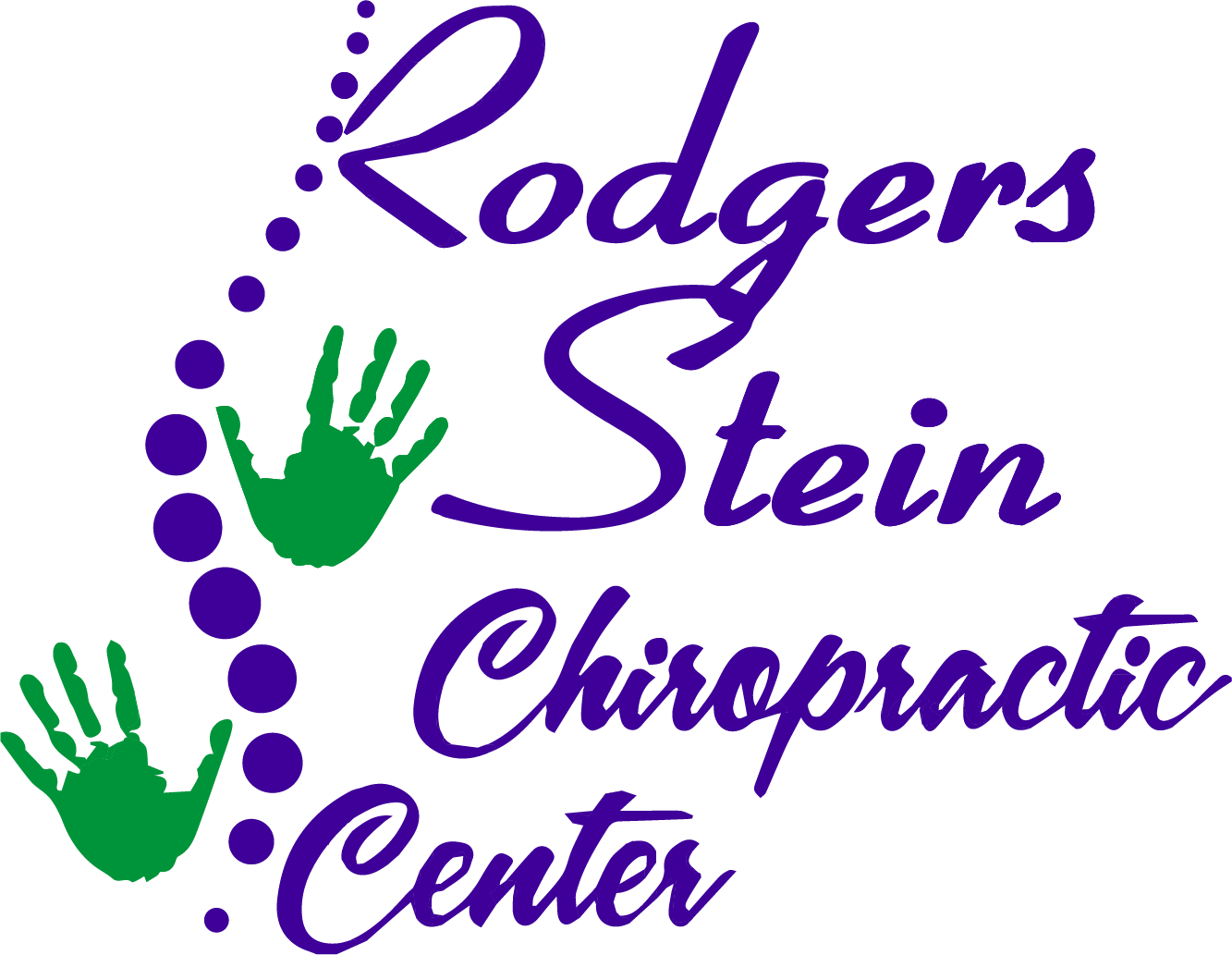You might not realize it, but the way you sit at your desk can greatly impact your overall health and productivity. By understanding the fundamentals of good posture and implementing simple adjustments in your workspace, you can alleviate discomfort and enhance your focus. From chair selection to monitor placement, the right choices make all the difference. But it doesn't stop there; integrating mindful practices and regular movement can further elevate your experience. Curious about the specific steps you can take to transform your workspace?
Understanding Good Posture
Good posture is essential for desk workers, and it starts with understanding how your body should align while sitting. When you sit at your desk, your feet should be flat on the floor, or on a footrest, ensuring your legs form a 90-degree angle. This position helps distribute your weight evenly, reducing strain on your lower back.
Next, pay attention to your hips. Your hips should sit all the way back in your chair, providing support for your lumbar spine. If your chair lacks lumbar support, consider using a cushion or rolled-up towel to maintain that natural curve in your lower back. This little adjustment can make a world of difference in how you feel throughout the day.
Your shoulders should be relaxed and not hunched forward. Keep them back and down, which allows your arms to hang comfortably by your sides. When typing, your elbows should remain close to your body, forming a 90-degree angle. This position helps reduce tension in your neck and shoulders.
Lastly, don't forget about your head and neck. Your ears should align with your shoulders, and your chin should be slightly tucked. This alignment helps prevent strain and discomfort, especially during long hours at your desk.
Ergonomic Desk Setup
An effective ergonomic desk setup can greatly enhance your comfort and productivity while working. The first step is to adjust your desk height so that your elbows can rest at a 90-degree angle or slightly obtuse when typing. Your forearms should be parallel to the floor, minimizing strain on your wrists. If your desk is too high or low, consider using a keyboard tray or risers.
Next, position your monitor at eye level, about an arm's length away. This prevents you from straining your neck or squinting at the screen. Use a monitor stand if needed to achieve the right height. Your gaze should fall slightly below the top of the screen, allowing for a relaxed neck posture.
Make sure your chair and desk allow for enough legroom. Keep your feet flat on the floor or on a footrest. Your knees should be around the same height as your hips. This helps maintain proper blood circulation and reduces any discomfort.
Also, consider the placement of your mouse. It should be close enough to your keyboard so you can use both without overreaching. This reduces the risk of repetitive strain injuries.
Lastly, don't forget to declutter your workspace. A tidy desk minimizes distractions and helps you focus on your tasks.
Chair Selection Tips
Choosing the right chair can make all the difference in your comfort and posture while working at your desk. An ergonomic chair isn't just a luxury; it's essential for maintaining good posture throughout the day.
When selecting a chair, start by looking for adjustable features. You'll want to guarantee the seat height can be modified to suit your legs, allowing your feet to rest flat on the floor.
Next, consider the back support. A chair with lumbar support helps maintain the natural curve of your spine, reducing strain on your back. Look for a chair that allows you to adjust the backrest angle and height so it fits snugly against your lower back.
Don't forget about the seat depth. A good chair should provide enough space for you to sit comfortably without putting pressure on the back of your knees. Your thighs should be parallel to the ground or slightly angled down.
Armrests are another important factor. Choose a chair with adjustable armrests that allow your shoulders to relax while your arms rest comfortably. This can greatly reduce tension in your neck and shoulders.
Finally, pay attention to the material and cushioning. You'll want a chair that's breathable and comfortable, especially if you're sitting for long periods. A well-cushioned seat can prevent discomfort, guaranteeing you stay focused and productive throughout your workday.
Proper Monitor Placement
Positioning your monitor correctly is essential for maintaining ideal posture and reducing eye strain. Start by placing your monitor directly in front of you, at arm's length. This distance helps prevent you from leaning in or straining your neck.
Your monitor should be at eye level, meaning the top of the screen should be roughly at or just below your eye line. This position allows you to keep your neck in a neutral position, reducing the risk of discomfort or injury.
When adjusting the height of your monitor, consider using a stand or stack of books if necessary. If your monitor is too low, you'll find yourself looking down, which can lead to neck strain. Conversely, if it's too high, you might tilt your head back, creating tension in your upper back and shoulders.
Also, think about the angle of your monitor. Tilt it slightly back (about 10 to 20 degrees) to minimize glare from overhead lights or windows. This angle not only helps with visibility but also encourages a more relaxed head and neck position.
Lastly, verify your screen is clean and free of fingerprints or dust, as a clear display reduces eye strain. Regularly adjusting your monitor's position can make a significant difference in your overall comfort and productivity.
Keyboard and Mouse Position
After you've set up your monitor, it's time to focus on your keyboard and mouse placement. Proper positioning is essential for avoiding strain and ensuring comfort during long hours at your desk.
Start by placing your keyboard directly in front of you, about an arm's length away. Your elbows should be at a 90-degree angle or slightly obtuse, allowing your forearms to rest parallel to the floor. This setup helps reduce tension in your shoulders and wrists. If your keyboard is too high, consider using a keyboard tray or adjusting your chair height to create a more ergonomic position.
Next, position your mouse close to your keyboard. It should be on the same level and within easy reach, so you don't have to stretch or strain to use it. Keep your wrist straight while using the mouse, avoiding any awkward angles that could lead to discomfort or repetitive strain injuries.
If you find yourself leaning to one side or extending your arm too far, it's time to readjust.
Consider using a wrist rest for both your keyboard and mouse to provide extra support, but make sure it doesn't elevate your wrists too much. Your fingers should hover above the keys or buttons, ready to type or click without forcing your hands into an unnatural position.
Importance of Foot Placement
Your foot placement plays an essential role in maintaining good posture while working at a desk.
Keeping your feet flat on the floor and properly aligned helps support your lower back and reduces strain.
Avoid crossing your legs, as it can lead to discomfort and misalignment over time.
Feet Flat on Floor
While it may seem minor, having your feet flat on the floor is essential for maintaining proper posture at your desk. When your feet are planted firmly, you create a stable foundation that supports your entire body. This position helps distribute your weight evenly, reducing strain on your back and legs. Without this support, you might find yourself slumping or leaning forward, leading to discomfort and potential long-term issues.
Additionally, keeping your feet flat promotes better blood circulation. When you dangle your feet or cross your legs, it can restrict blood flow, leading to fatigue and even numbness over time. By ensuring your feet rest comfortably on the floor, you encourage healthy circulation, which can help you stay focused and energized throughout the day.
It's also important to evaluate the height of your chair in relation to your desk. If your chair is too high or too low, it can throw off your alignment, making it harder for your feet to stay flat.
Take a moment to adjust your setup, ensuring your feet can rest naturally on the floor. You'll be amazed at the difference this simple adjustment can make for your overall comfort and productivity.
Proper Foot Alignment
Proper foot alignment goes hand in hand with having your feet flat on the floor. When your feet are properly aligned, it helps distribute your body weight evenly, reducing strain on your legs and lower back.
Verify your feet are positioned hip-width apart, with the soles fully supporting your weight. This setup stabilizes your pelvis and spine, promoting better overall posture.
Pay attention to the angle of your feet as well. Your toes should point straight ahead or slightly outward, creating a natural alignment that supports your knees and hips.
Avoid letting your feet dangle or rest on the chair's legs, as this can lead to discomfort over time.
If your feet can't reach the ground, consider using a footrest to maintain proper alignment. A footrest helps keep your feet flat and your body in a neutral position, reducing the chances of muscle fatigue or tension.
Avoid Crossed Legs
Crossing your legs might feel comfortable, but it can wreak havoc on your posture and overall body alignment. When you sit with crossed legs, you shift your pelvis and spine, which can lead to muscle imbalances and discomfort. This position often results in tight hips and lower back pain, making it harder for you to maintain a healthy posture throughout your workday.
Instead of crossing your legs, keep your feet flat on the floor. This encourages proper alignment of your spine and pelvis, supporting your body's natural curves. If your feet don't reach the ground, use a footrest to guarantee that your knees are at a 90-degree angle. This simple adjustment can considerably improve your comfort and reduce strain on your muscles.
Additionally, try to shift your weight evenly between both hips. This will help prevent stiffness and promote better circulation. Remember, your legs play an essential role in maintaining stability and balance while you're seated.
Stretching and Movement Breaks
Taking regular breaks is essential for maintaining good posture and preventing discomfort.
You'll find that effective stretching techniques can refresh your body and mind, helping you stay focused.
Plus, by incorporating movement throughout your day, you'll boost your energy and productivity.
Importance of Regular Breaks
After sitting at your desk for hours, your body craves movement. Ignoring this need can lead to stiffness, fatigue, and decreased productivity. Regular breaks aren't just a luxury; they're crucial for maintaining your overall well-being.
You might think pushing through is the best way to get your work done, but taking short breaks can actually boost your focus and energy levels. When you step away from your desk, you give your muscles a chance to relax and recover. A simple walk around the office or a few minutes of stretching can work wonders.
It helps improve blood circulation, reducing the risk of discomfort and long-term issues associated with prolonged sitting. Incorporating these breaks into your work routine is easy. Set a timer to remind yourself to stand up and move every hour, or use a break as a reward for finishing tasks.
You'll find that these little pauses can refresh your mind, allowing you to return to your work with renewed vigor. So, prioritize those movement breaks—they're not just beneficial; they're crucial for maintaining perfect posture and keeping you healthy at your desk.
Effective Stretching Techniques
Everyone can benefit from effective stretching techniques, especially desk workers who spend long hours in front of a screen. Stretching helps relieve muscle tension, improve circulation, and increase flexibility, making it an essential part of your work routine.
Start with simple neck stretches. Gently tilt your head to one side, bringing your ear towards your shoulder, and hold for 15-30 seconds. Switch sides and repeat.
For your shoulders, roll them forward and backward in a circular motion, which can ease tightness from hunching over your desk.
Next, focus on your back. Stand up and reach your arms overhead, stretching your spine. Lean to one side, then the other, holding each stretch for 15-30 seconds.
Don't forget about your wrists and hands; extend one arm in front, palm facing up, and gently pull back on your fingers with the other hand.
Incorporate these stretches every hour to counteract the effects of prolonged sitting. Just a few minutes can make a significant difference in how you feel throughout the day.
Your body will thank you, and you'll find it easier to maintain proper posture and focus on your tasks.
Incorporating Movement Throughout Day
Incorporating movement throughout your day is essential for maintaining energy and focus, especially when you're tied to a desk. Sitting for long periods can lead to fatigue and decreased productivity, so regular movement breaks are vital. Set a timer to remind yourself to get up every hour. Even a quick five-minute break can refresh your mind and body.
During these breaks, try simple stretches or a brief walk around your workspace. Stand up, stretch your arms overhead, and take a few deep breaths to reset your posture.
If possible, consider using a standing desk or a stability ball for part of your workday to encourage active sitting.
You can also integrate movement into your routine by taking the stairs instead of the elevator, or doing short bouts of exercises like calf raises or squats during phone calls. Even small changes can make a significant difference.
Strengthening Core Muscles
A strong core is essential for maintaining good posture, especially for desk workers who spend long hours seated. Your core muscles support your spine and help prevent slumping, which can lead to discomfort and long-term issues.
Strengthening these muscles can greatly improve your posture and overall well-being. Here are four effective exercises to help you build a stronger core:
- Plank: Start in a push-up position, resting on your forearms. Keep your body in a straight line from head to heels. Hold this position for 20-30 seconds, gradually increasing the time as you get stronger.
- Bridge: Lie on your back with your knees bent and feet flat on the floor. Lift your hips toward the ceiling, squeezing your glutes at the top. Hold for a few seconds before lowering back down. Aim for 10-15 repetitions.
- Russian Twist: Sit on the floor with your knees bent and lean back slightly. Hold a weight or just clasp your hands together. Twist your torso to one side, then the other. Perform 10-15 twists on each side.
- Bird-Dog: Start on your hands and knees. Extend one arm forward and the opposite leg back, keeping your spine neutral. Hold for a few seconds, then switch sides. Complete 5-10 repetitions on each side.
Incorporate these exercises into your routine, and you'll notice a difference in your posture and comfort during those long hours at your desk.
Mindfulness and Posture Awareness
While strengthening your core muscles lays a solid foundation for good posture, being mindful of how you sit and move throughout the day plays an essential role in maintaining it. When you become aware of your posture, you're more likely to catch yourself slumping or leaning in unnatural ways. This awareness can lead to simple adjustments that make a significant difference.
Start by regularly checking in with your body. Set reminders on your phone or computer to pause and assess your posture every hour. Are your shoulders rounded? Is your back hunched? Correct these positions as needed. You can also take a moment to breathe deeply, which can help reset your alignment and relieve tension.
Another effective technique is to practice mindfulness during your daily activities. Whether you're typing, talking on the phone, or even taking a break, remain present and conscious of your body. Imagine a string pulling you up from the crown of your head to encourage an upright posture. This mental image can help you maintain a straight back and open chest.
Incorporating short stretches or movement breaks into your day can further enhance your posture. Stand up, twist your torso gently, or stretch your arms overhead to relieve tightness.
Long-Term Posture Habits
To maintain good posture over the long term, you need to establish consistent habits.
Incorporating daily stretching routines, setting up an ergonomic workspace, and practicing mindful sitting can make a significant difference.
These strategies not only improve your posture but also enhance your overall well-being.
Daily Stretching Routines
Incorporating daily stretching routines into your workday can greatly improve your posture over time. By committing to just a few minutes each day, you can relieve tension, enhance flexibility, and ultimately promote a healthier alignment of your spine.
Here are four effective stretches you should integrate into your routine:
- Neck Stretch: Gently tilt your head to one side, bringing your ear towards your shoulder. Hold for 15-30 seconds and switch sides. This stretch helps alleviate neck stiffness.
- Shoulder Rolls: Sit up straight and roll your shoulders forward and then backward in a circular motion. Repeat 10 times in each direction to release tension in your shoulders.
- Chest Opener: Stand or sit tall, clasp your hands behind your back, and gently pull your shoulders back. Hold for 15-30 seconds to counteract the forward hunch often caused by desk work.
- Seated Twist: While seated, place your right hand on the back of your chair and twist to the right, keeping your spine straight. Hold for 15-30 seconds, then switch sides. This stretch improves spinal mobility.
Ergonomic Workspace Setup
Creating an ergonomic workspace is essential for maintaining good posture and preventing discomfort during long hours at your desk.
Start by adjusting your chair. Your feet should rest flat on the floor, with your knees at a 90-degree angle. A chair with lumbar support helps maintain the natural curve of your spine, so look for one that fits your back well.
Next, position your monitor at eye level, about an arm's length away. This way, you won't strain your neck or eyes. If you use a laptop, consider a stand to elevate the screen or use an external keyboard to keep your wrists straight.
Your desk should have enough space for all essential items within easy reach. Keep your mouse close to the keyboard to avoid excessive reaching, which can lead to shoulder strain.
Don't forget about lighting; make sure your workspace is well-lit to reduce eye strain and headaches.
Finally, organize your workspace to minimize clutter. A clean, tidy environment not only improves focus but also encourages you to maintain good posture.
Mindful Sitting Practices
Mindful sitting practices play an essential role in developing long-term posture habits that benefit your overall health.
By incorporating these techniques into your daily routine, you can combat the adverse effects of prolonged sitting and support better alignment.
Here are four mindful sitting practices you should consider:
- Engage Your Core: Lightly tighten your abdominal muscles to support your spine. This helps maintain a neutral pelvis and reduces strain on your back.
- Check Your Alignment: Regularly assess your posture. Your ears should align with your shoulders, and your shoulders should align with your hips. Adjust your chair or screen height as needed.
- Take Breaks: Set a timer to remind you to stand up and stretch every 30 minutes. This encourages movement and helps reset your posture.
- Practice Deep Breathing: Focus on your breath while sitting. This not only relaxes your mind but also encourages you to sit taller and more consciously.
Conclusion
By prioritizing an ergonomic workspace and making small adjustments to your setup, you can greatly improve your posture as a desk worker. Remember to choose the right chair, position your monitor correctly, and take regular movement breaks. Strengthening your core and practicing mindfulness will help you maintain awareness of your posture throughout the day. With consistent effort, you'll develop long-term habits that enhance both your comfort and productivity at work.



